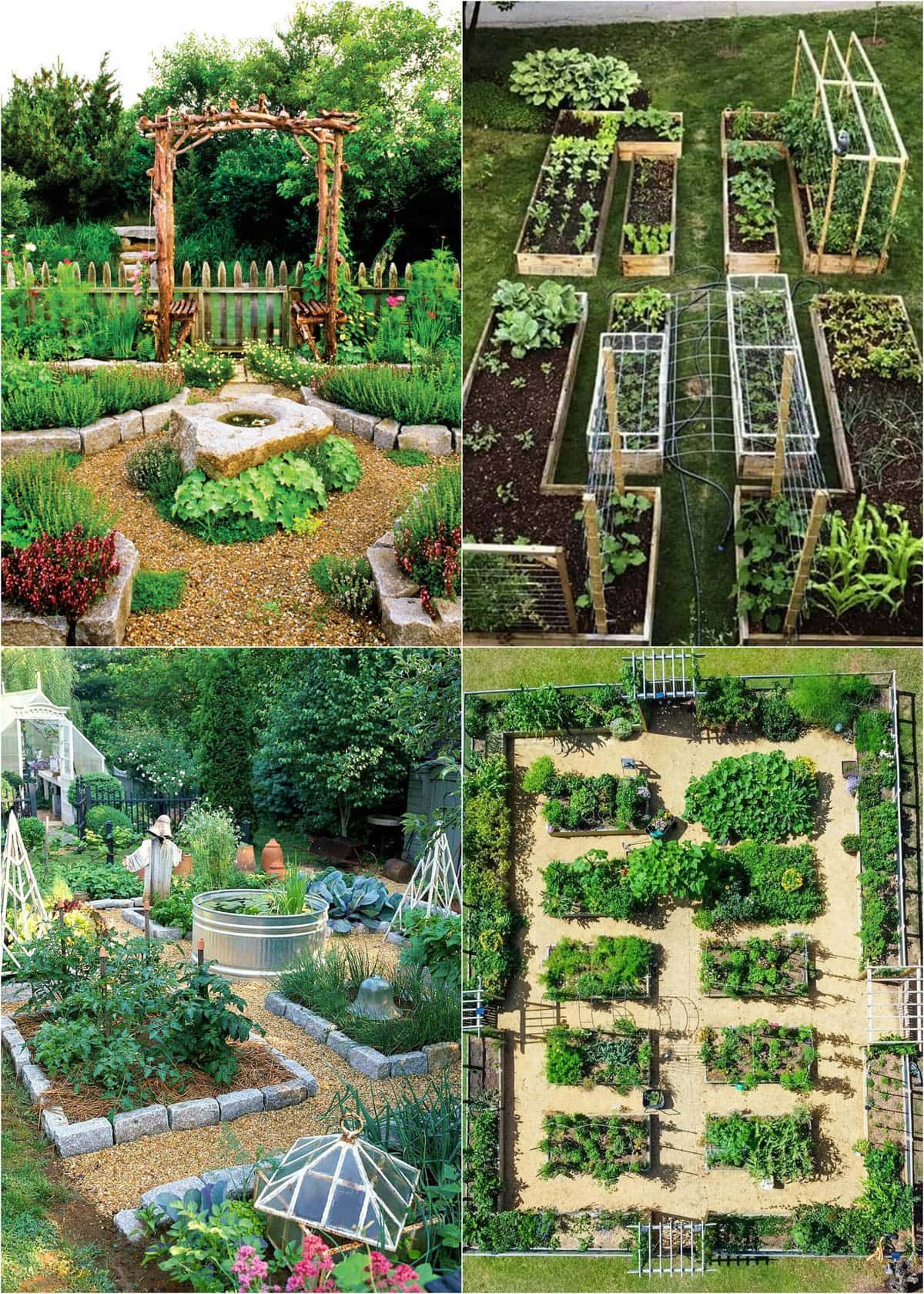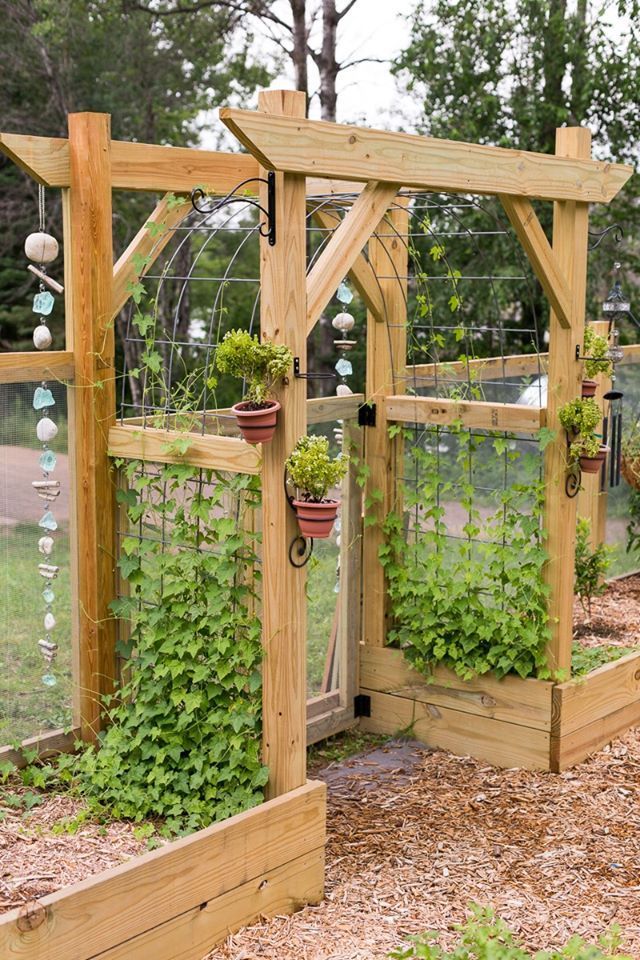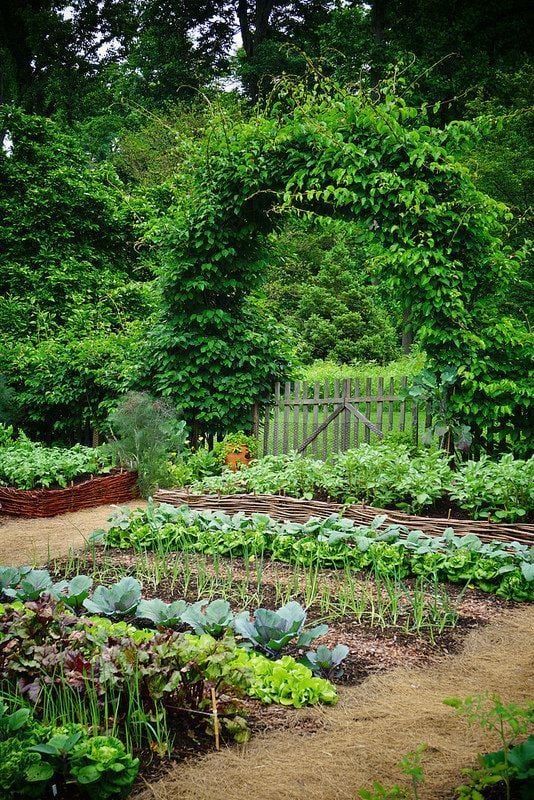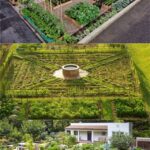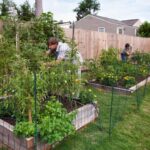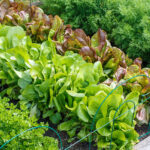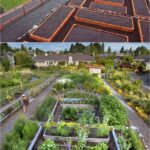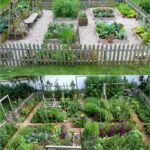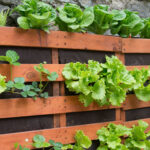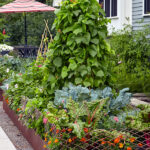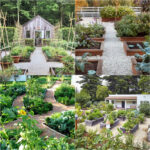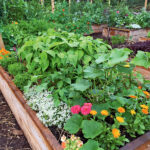When it comes to creating a vegetable garden, the layout is key to maximizing space and ensuring a successful harvest. There are several different design layouts to choose from, depending on the size and shape of your garden space. One popular option is the traditional row design, where vegetables are planted in straight lines with paths in between for easy access. This layout works well for larger gardens and makes it easy to tend to each plant individually.
For those with limited space, a raised bed design may be the way to go. Raised beds are boxes filled with soil that are built above ground level, creating a defined planting area that is easy to access and maintain. This layout is great for small spaces and makes it easy to control soil quality and drainage. Raised beds can be customized in size and shape to fit your garden space, making them a versatile and efficient option.
Another popular vegetable garden design layout is the square foot gardening method. This layout divides the garden into square foot sections, each with its own specific vegetable crop. This design is perfect for maximizing space and ensuring that each plant receives the nutrients and attention it needs. Square foot gardening is also great for beginners, as it is easy to plan and organize.
For a more visually appealing garden layout, consider a spiral or circular design. These layouts create a focal point in the garden and are great for showcasing different plant varieties. Spiral gardens are designed in a circular pattern that winds inward, creating a visually striking layout that is also functional. Circular gardens are similar but feature a traditional circular shape that is easy to navigate and tend to.
No matter which design layout you choose, it is important to consider the needs of each plant when planning your vegetable garden. Be sure to take into account factors such as sunlight, soil quality, and water access when deciding where to plant each vegetable variety. By carefully planning your garden layout, you can create a beautiful and productive space that will provide you with fresh, homegrown produce throughout the growing season.
